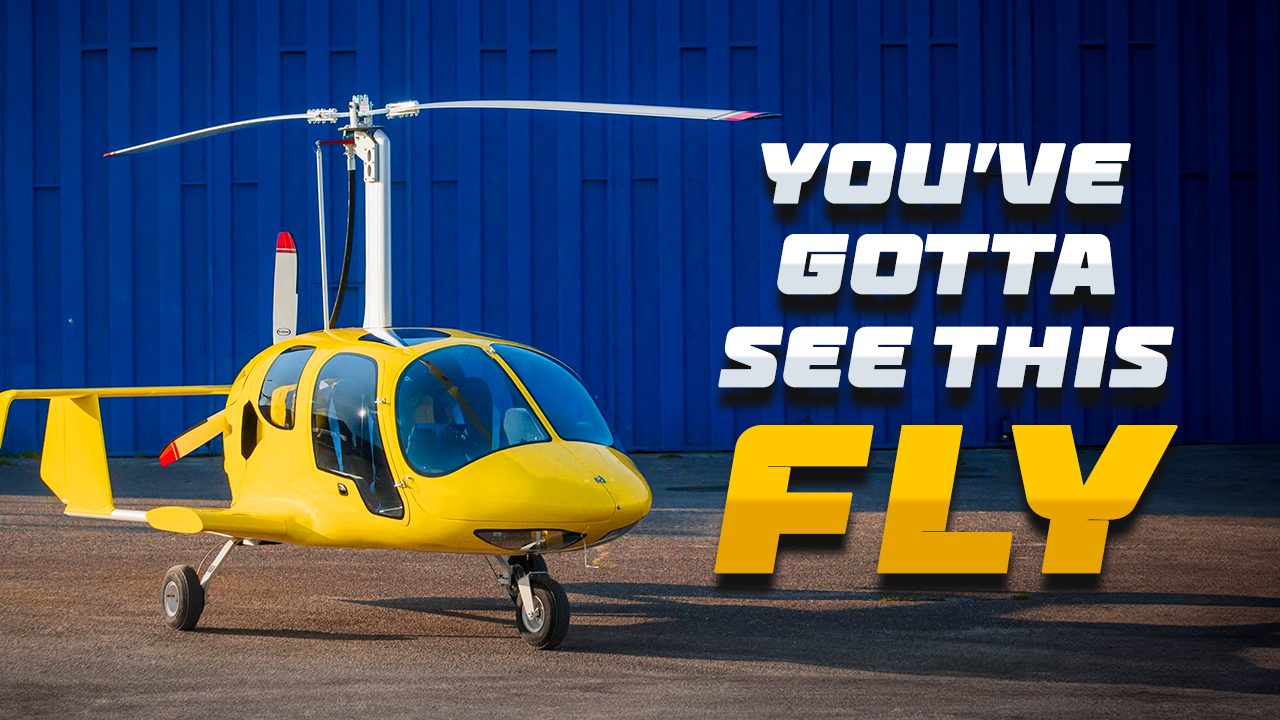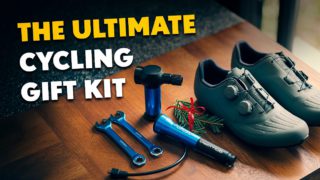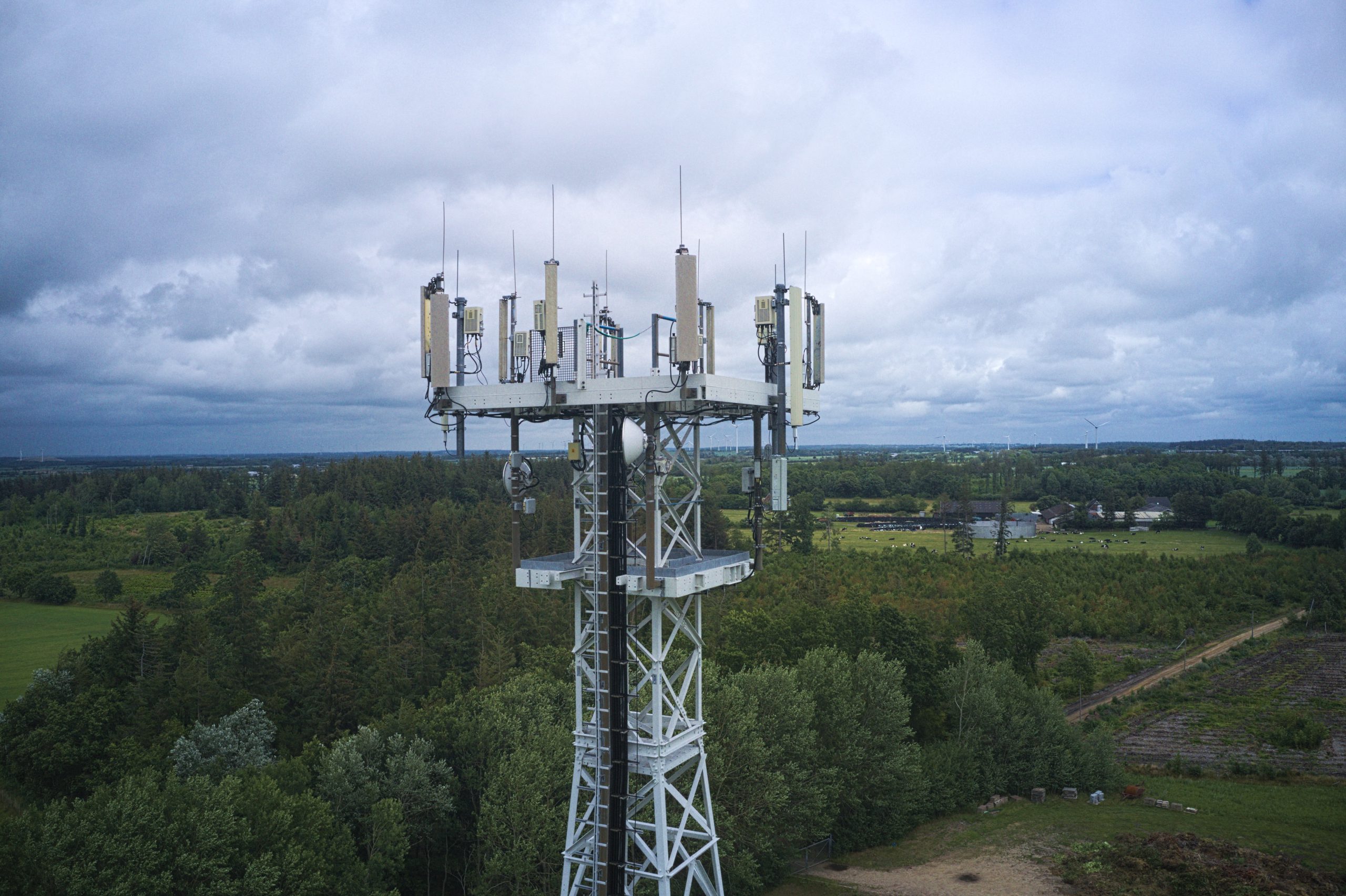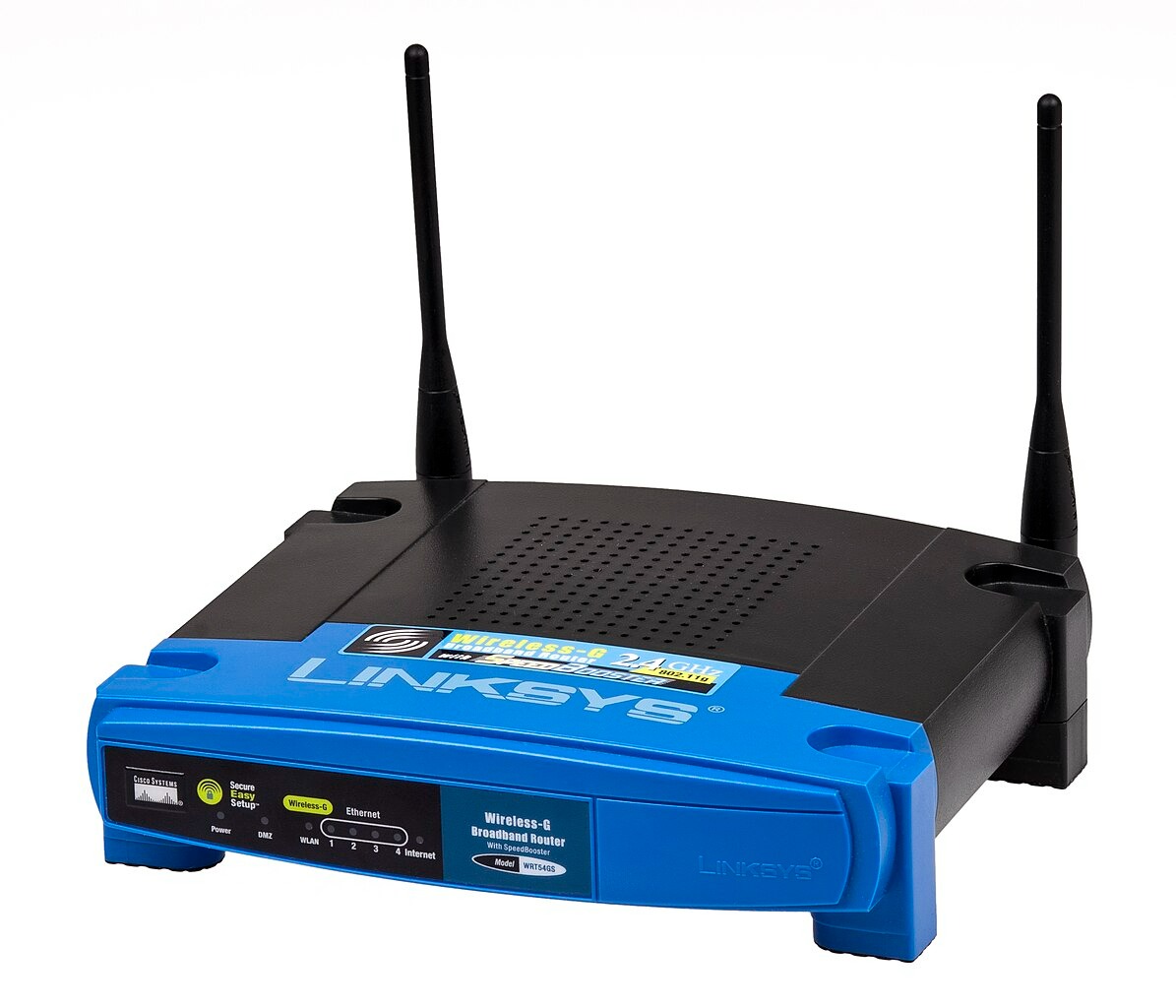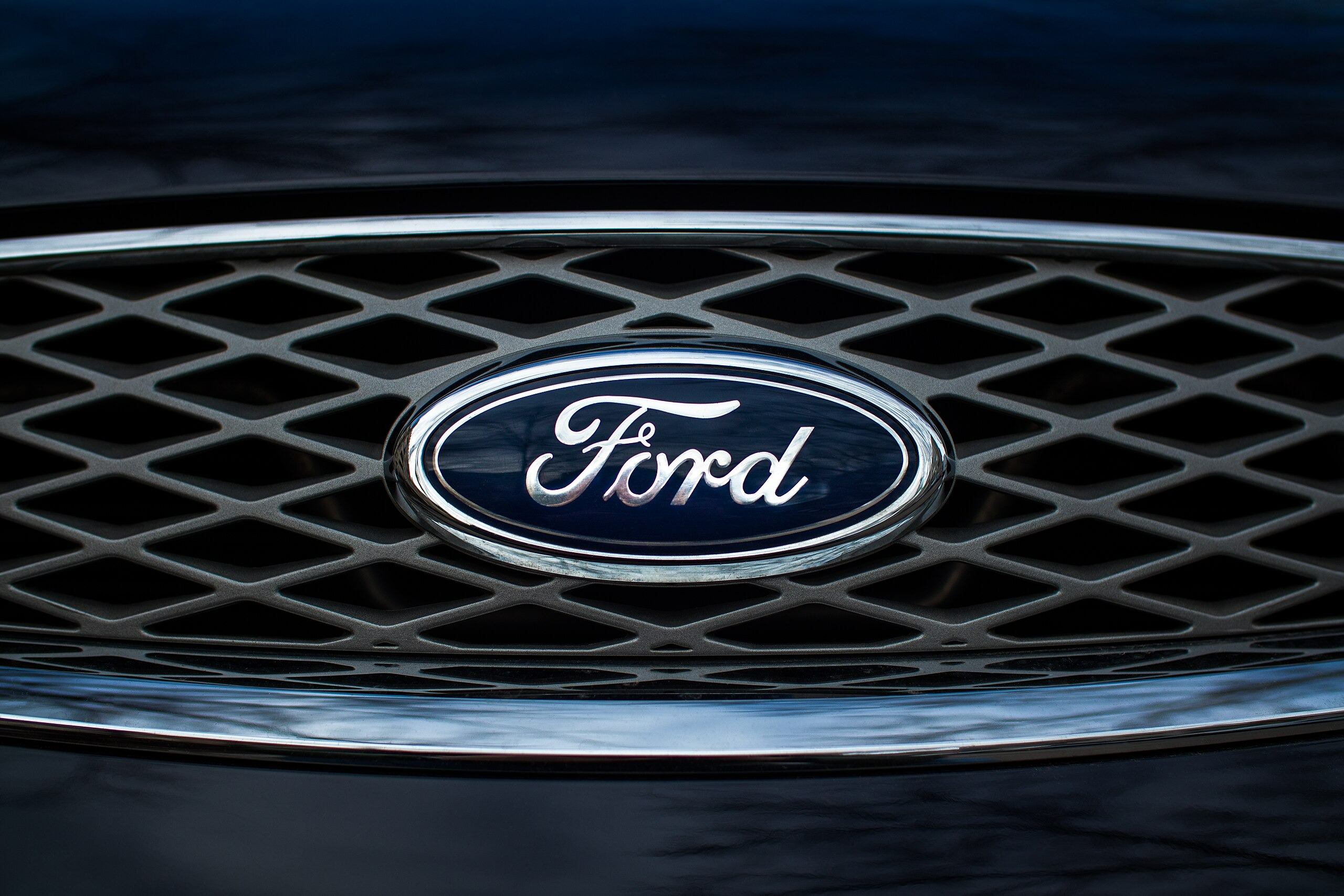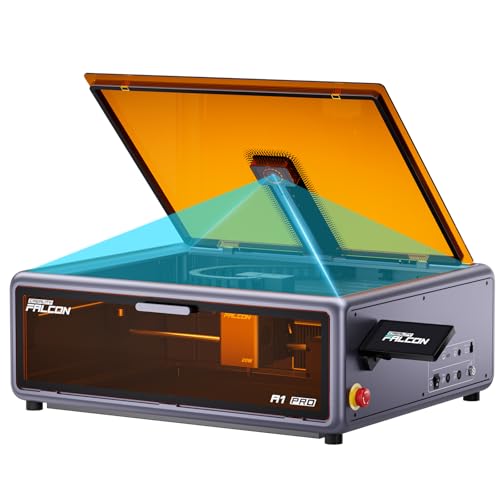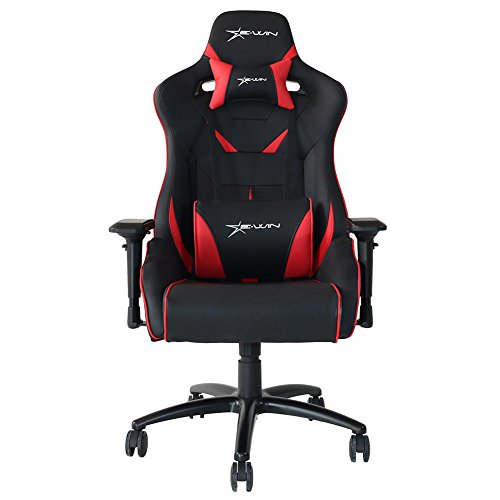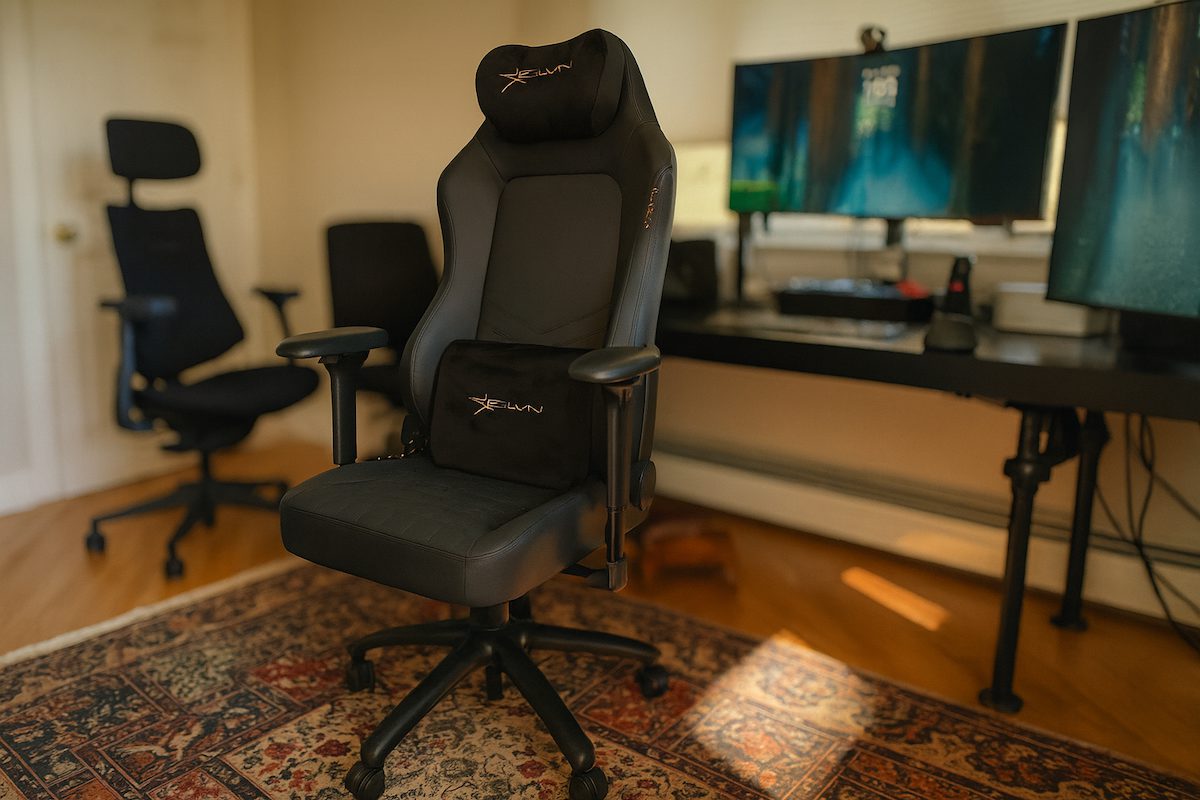In aviation’s family tree, autogyros are the cousins nobody talks about at reunions—until you need someone reliable who won’t break the bank. Known for their versatility and reliability, these hybrid machines function much like the best survival gear: not always flashy, but indispensable when complexity or cost grounds other options. They combine a helicopter’s spinning rotor with an airplane’s forward propeller, delivering short takeoffs, gentle landings, and the peace of mind from gliding safely when engines quit.
15. AirGyro AG 915 Spartan
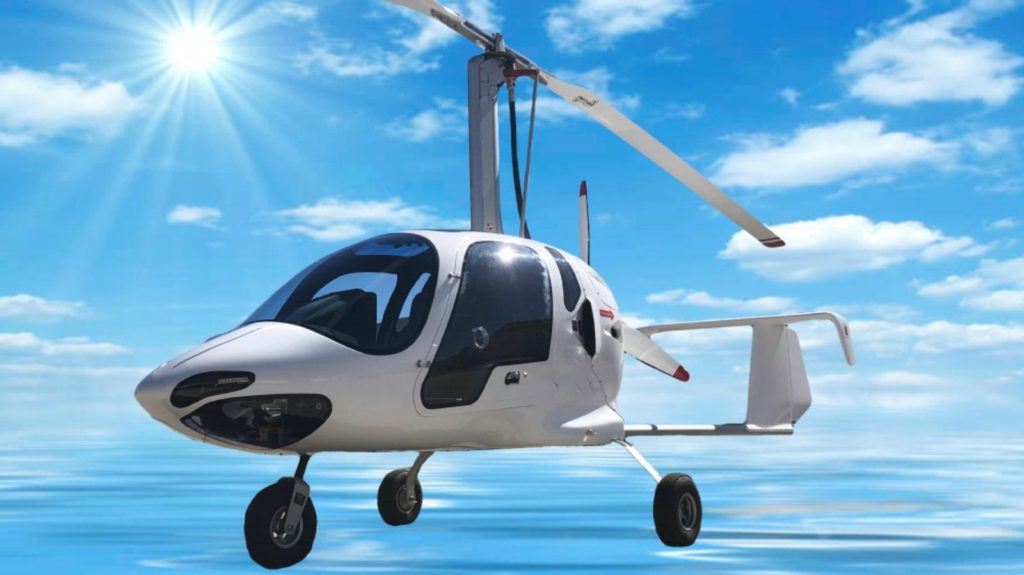
Not everyone has helicopter money burning holes in their hangar fund. The Spartan delivers accessible adventure starting around $35,000 for basic kit configurations—roughly the price of a well-equipped pickup truck, though fully assembled versions with the Rotax 915 typically run $75,000-90,000.
Its spacious side-by-side cabin features windows in the floor, roof, and doors, creating an aerial fishbowl experience. The performance specifications rival machines costing twice as much, proving that smart engineering can democratize aviation.
14. Aerocopter AC20
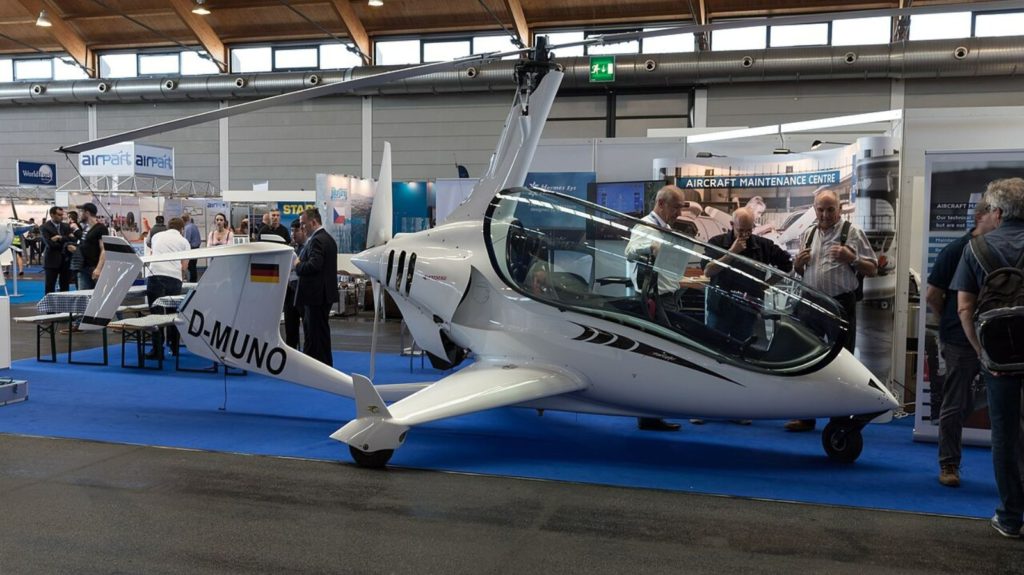
The Austrian-built AC20 wraps pilots in a carbon fiber and Kevlar cocoon topped with a bubble canopy providing unmatched visibility in all directions. It’s like flying in a high-tech fishbowl that reaches 121mph, powered by a Rotax 914.
The engineering focuses on creating a secure platform with responsive controls while maintaining the panoramic views that make flying special. For pilots who want to see everything while being seen by everyone, it delivers Instagram-worthy flights with practical performance.
13. Magni M-24 Plus
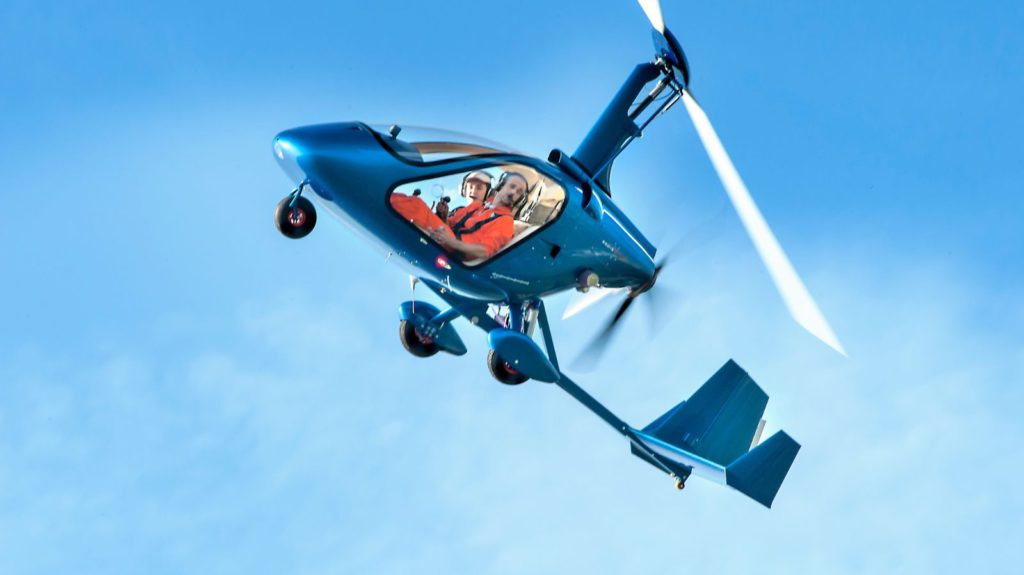
Taking the M-16’s proven turbocharged Rotax 915 performance and arranging seating side-by-side in an enclosed cockpit, the M-24 Plus creates a shared flying experience. Conversations happen without intercoms, and both occupants enjoy equal access to the view.
High-quality materials and advanced avionics complete this premium package at approximately $100,000. It’s for pilots who want serious performance without sacrificing civilization—proving that “rugged” doesn’t have to mean “uncomfortable.”
12. AutoGyro MTO Sport
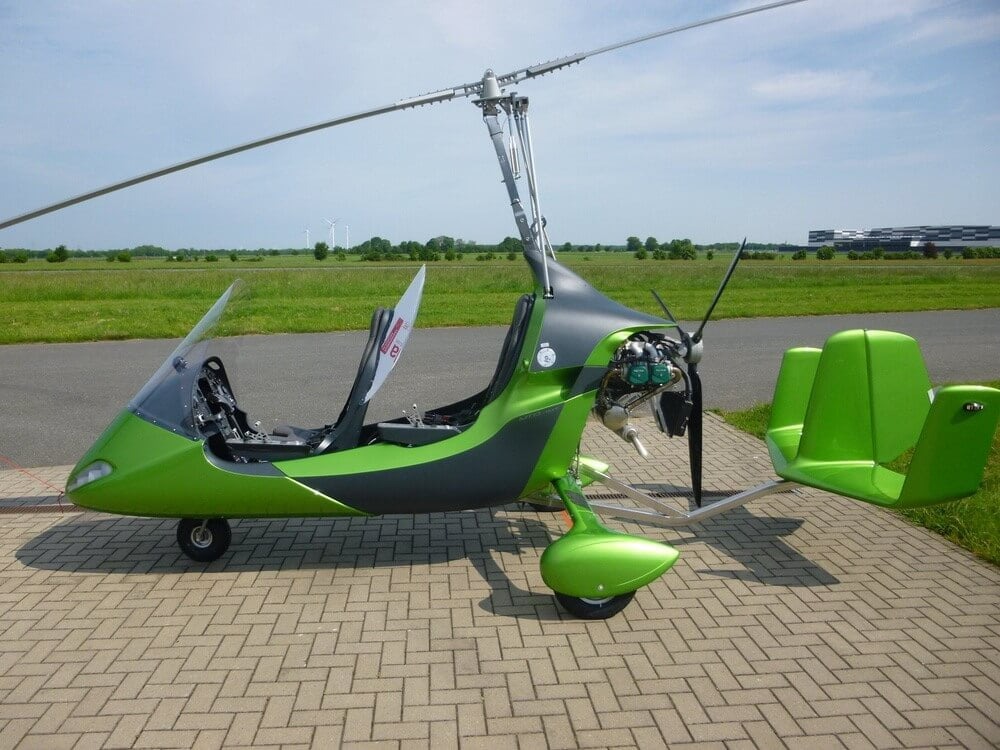
For pilots who believe real flying means feeling every gust personally, the MTO Sport delivers unfiltered aviation. Its 115 hp Rotax 912 pushes this open-cockpit machine to 120mph while covering 330 miles before refueling becomes necessary.
Starting around $90,000, the stainless-steel airframe handles rough treatment while responsive controls keep things predictable when weather decides to get interesting. Experienced pilots describe it as “flying a motorcycle”—pure, uncompromising, and ridiculously engaging. Operating costs average $50 per hour, including fuel and maintenance.
11. Trixie Aviation g42 R
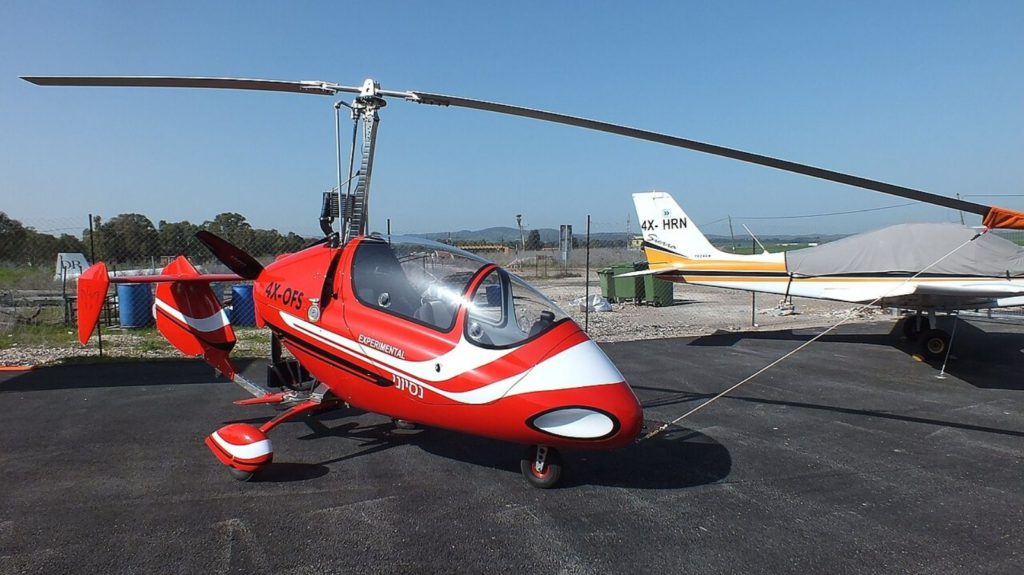
The g42 R focuses on reducing risk through thoughtful design features like its Merin anti-explosion fuel tank and robust stainless-steel tube frame. Available with either Rotax 912S or UL Power UL260i engines providing 100 horsepower, it pairs power with protection.
The aluminum Avereo rotor offers 1,500 hours between overhauls, reducing maintenance headaches and unexpected costs. Its tandem enclosed cockpit keeps occupants comfortable and secure—adventure without unnecessary risk becomes the new standard.
10. AutoGyro Cavalon Sentinel
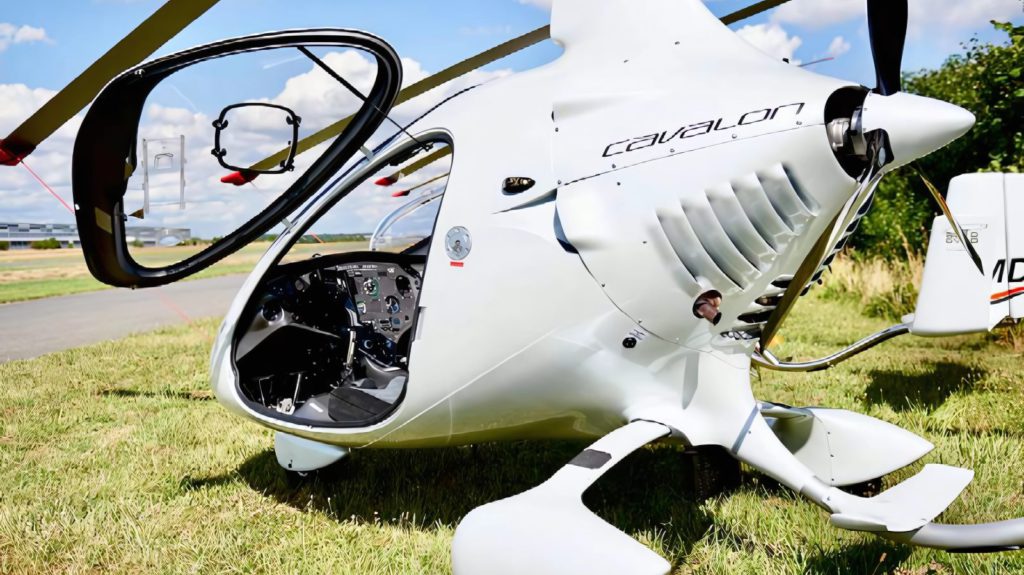
Not all aircraft exist for joyrides. The Cavalon Sentinel adapts the comfortable Cavalon platform for surveillance operations with day or infrared cameras capable of reading license plates from 500 feet. Law enforcement agencies worldwide, including Turkish Jandarma and Benin government forces, have ordered fleets for border monitoring and urban surveillance.
The system features 360-degree rotation, target tracking, and 30x optical zoom, powered by Rotax 915 or 916 IS engines. Operating costs under $200 per hour make extended missions economically viable where helicopters would break budgets.
9. DTA J 914
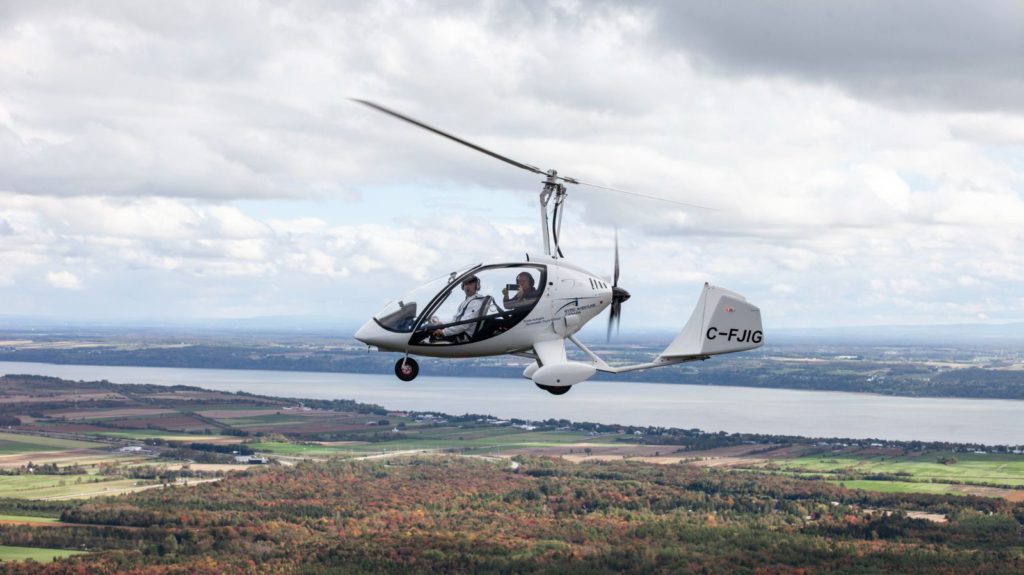
The J 914 proves functional aircraft can still turn heads with its symmetrical teardrop cabin that’s as aerodynamically efficient as it is visually striking. Removable butterfly doors let pilots choose between enclosed comfort or open-air experience depending on weather and mood.
Powered by the turbocharged Rotax 914 and equipped with Canadia MSUS avionics, it delivers substance behind the style. This rare aircraft satisfies the engineer’s checklist and the designer’s vision, form, and function, getting along for once.
8. Xpeng Voyager X2 (Flight Testing Phase)
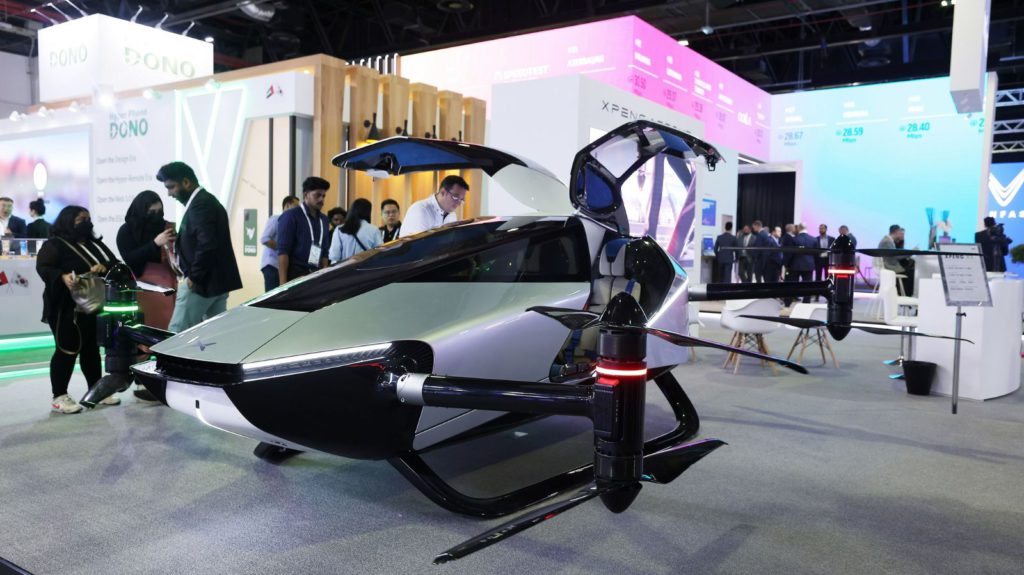
Technically not an autogyro, but this eVTOL represents where personal aviation might be heading. In fact, the ongoing evolution of unmanned aerial vehicles, including advanced drones, highlights how electric propulsion and automation are transforming the skies. Eight electric motors replace traditional engines, delivering whisper-quiet flight at 81mph for about 35 minutes—think early Tesla with wings.
Still in the demonstration phase with production targeted for 2026, the X2 has completed successful public flights in Dubai and Guangzhou. Starting around $126,000, the comprehensive safety systems and automatic navigation preview a future where flying becomes as routine as driving, though current battery limitations keep it from replacing traditional aircraft.
7. ELA Eclipse Evo
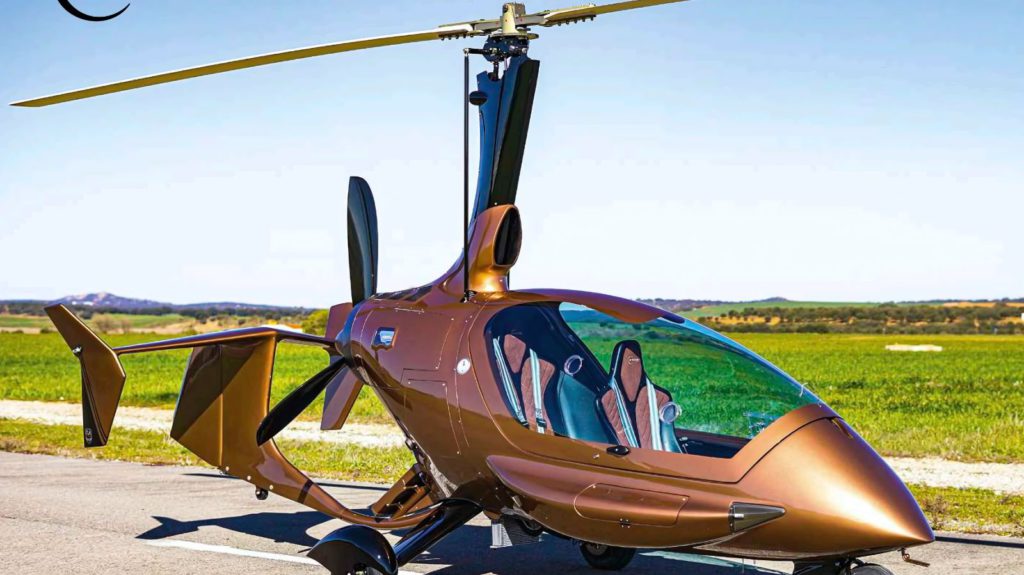
The Eclipse Evo reimagines gyroplane comfort with a spacious cabin featuring heated seats, actual luggage compartments, and the Daon SkyView HDX display. It’s closer to luxury car territory than typical bare-bones aircraft accommodations.
The Rotax 915’s 140 horsepower delivers a 124mph top speed and a 373-mile range, ensuring you arrive quickly without the fatigue that comes from hours fighting uncomfortable cockpits. Pilots report significantly less post-flight exhaustion compared to open-cockpit alternatives. For aviation enthusiasts who want adventure without enduring punishment, comfort finally meets performance.
6. AutoGyro MTO Classic
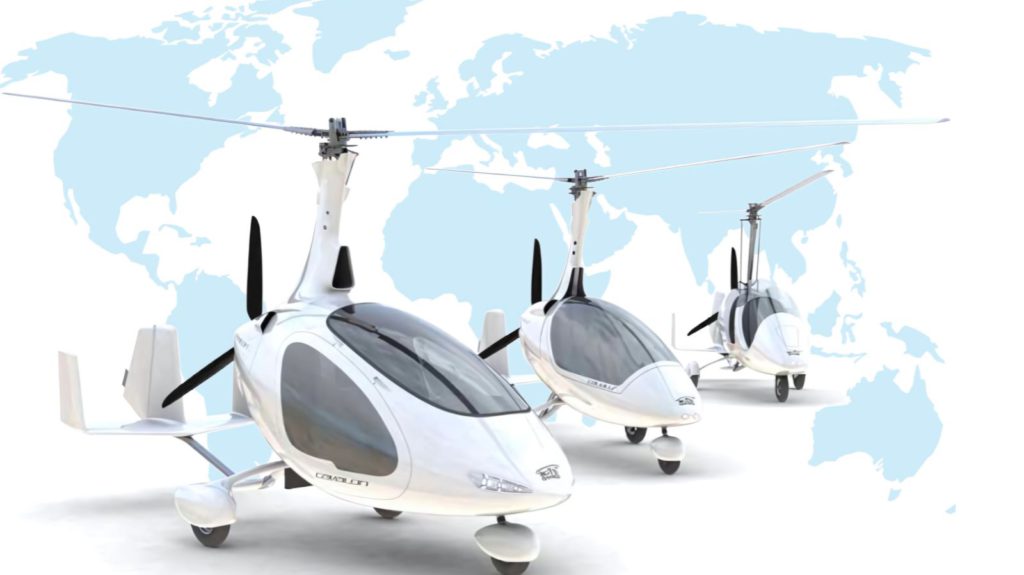
The MTO Classic embraces simplicity with its rugged stainless-steel airframe and straightforward maintenance procedures. Available with Rotax 912 ULS or 914 UL engines, it delivers reliable performance without unnecessary complications.
Its 68-liter fuel tank provides three hours of flight time at speeds up to 112mph. Every component remains accessible for inspection and repair, minimizing hangar time between flights. Operating costs average just $35 per hour, making this aviation’s Toyota Corolla—not flashy, but it’ll outlast everything else.
5. SportCopter Vortex M912
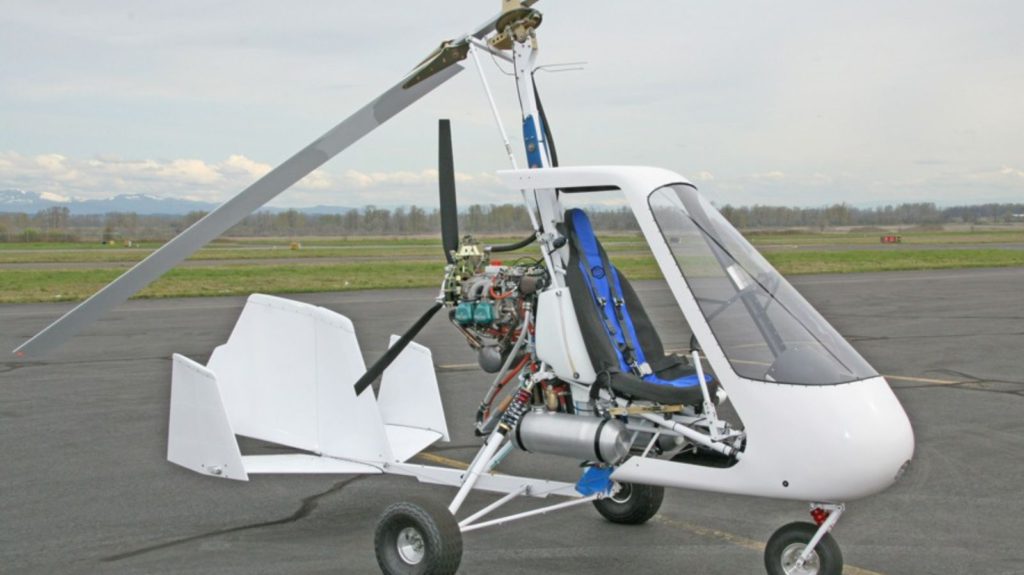
Some pilots need to operate from places that would give conventional aircraft nightmares. The Vortex M912 specializes in rough-field operations with its shock-mounted rotor head and suspension system impacts from surfaces resembling post-earthquake parking lots.
Bush pilots report successful operations from dry creek beds, mountain meadows, and beach sand—terrain that would ground most aircraft. The composite “cyber seat” and shock-absorbing foam protect pilots when landing becomes more like controlled crashing.
4. AutoGyro Calidus
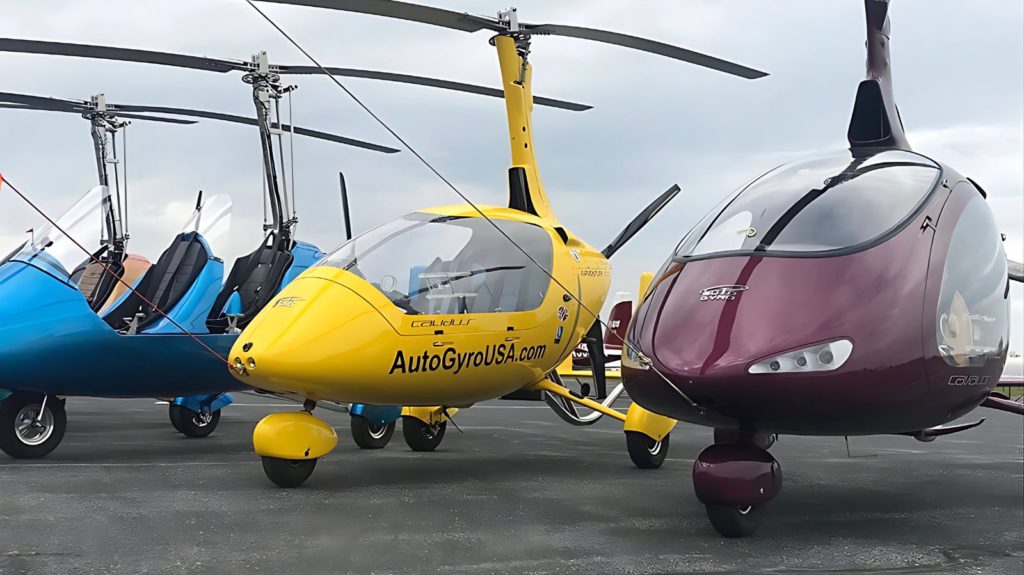
Leave it to German engineers to look at an open-air flying machine and decide it needs proper doors. The Calidus wraps its 101 hp Rotax 912 in a civilized two-seat cabin that makes 500-mile cross-country flights feel less like survival training.
Cruising at 99mph with actual weather protection, it’s what happens when practicality meets flying. Many flight schools choose it for advanced training—not because it’s forgiving, but because it teaches proper technique without punishing minor mistakes. Instructors report that students transitioning from fixed-wing typically need 15-25 hours to master the Calidus.
3. Argon GTL Triple 916
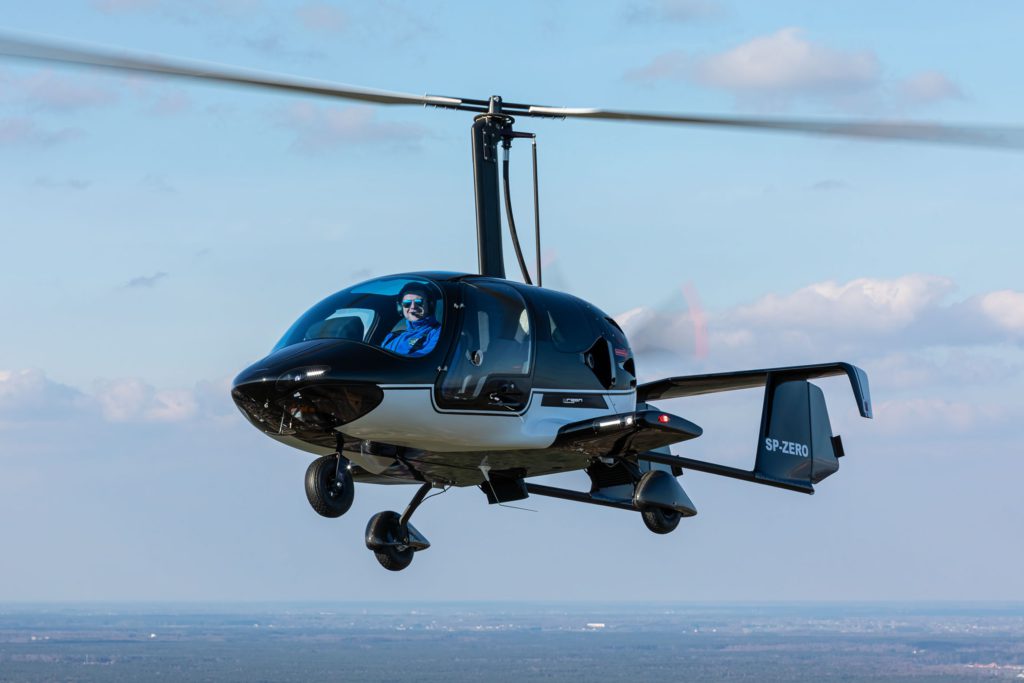
Most autogyros limit you to one passenger, making them the motorcycles of personal aviation. The Triple 916 solves this social limitation by accommodating three people without performance compromises—pilot plus two friends for aerial adventures.
Its a 160 hp Rotax 916 that pushes this people-carrier to 124mph with 621-mile range. Heated seats and touchscreen controls transform “survival flight” into “comfortable transportation.” Finally, an aircraft designed for actual trips rather than just weekend thrills.
2. Magni M-16 Plus
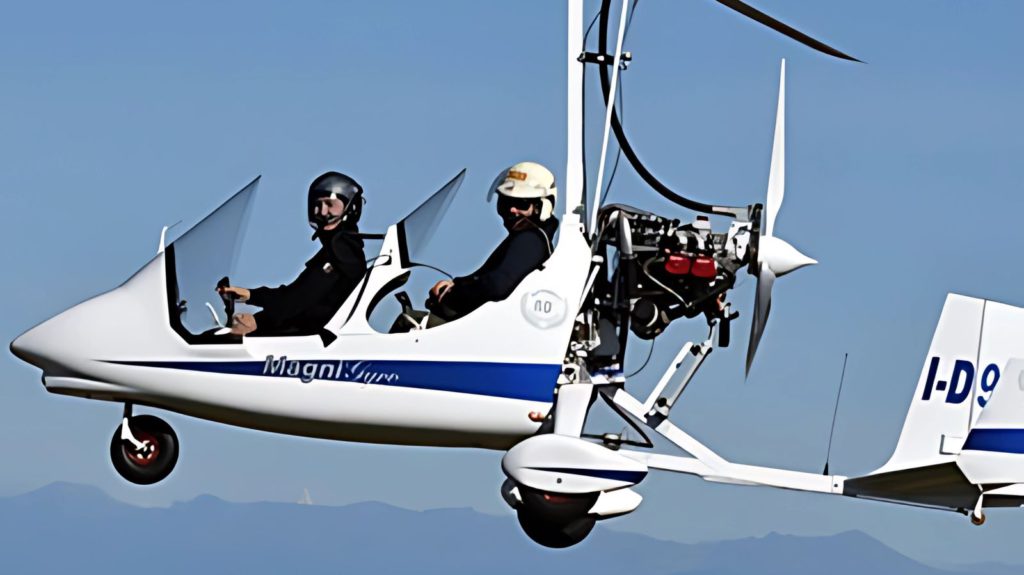
This Italian overachiever packs a turbocharged 141 hp Rotax 915 that laughs at altitude restrictions while cruising at 100mph. The tandem seating puts both occupants front-row center for the sky show, assuming you don’t mind the occasional bug snack in your open cockpit.
Starting around $65,000 and maxing out near $85K loaded—roughly half the cost of a basic helicopter—it delivers serious performance at sensible prices. Pilots consistently praise its intuitive controls despite packing advanced avionics, proving you can have performance without needing an engineering degree to fly it.
1. Aeronex Flying Gondola (Concept Phase)
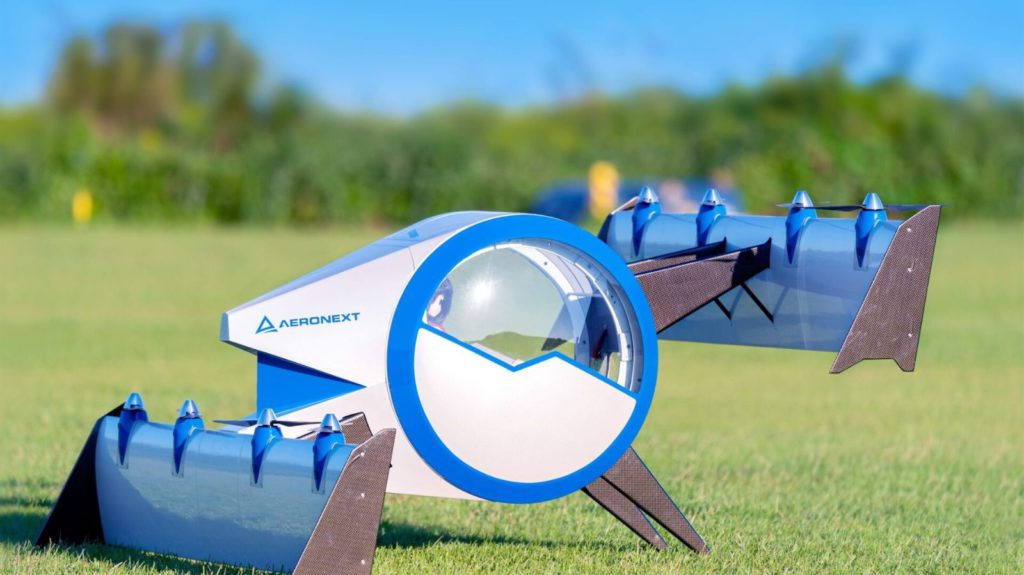
The Aeronex Flying Gondola reimagines air mobility with its hybrid VTOL design featuring a glass-enclosed cabin and panoramic views. The concept promises remote-controlled automatic navigation that could eliminate the need for pilot licenses—think Uber but in the sky.
While still evolving and lacking detailed technical specifications, the Flying Gondola represents the thinking that might finally deliver on the “flying car” promises we’ve been hearing about since The Jetsons. Current development status remains unclear, making this more vision than reality for now.


